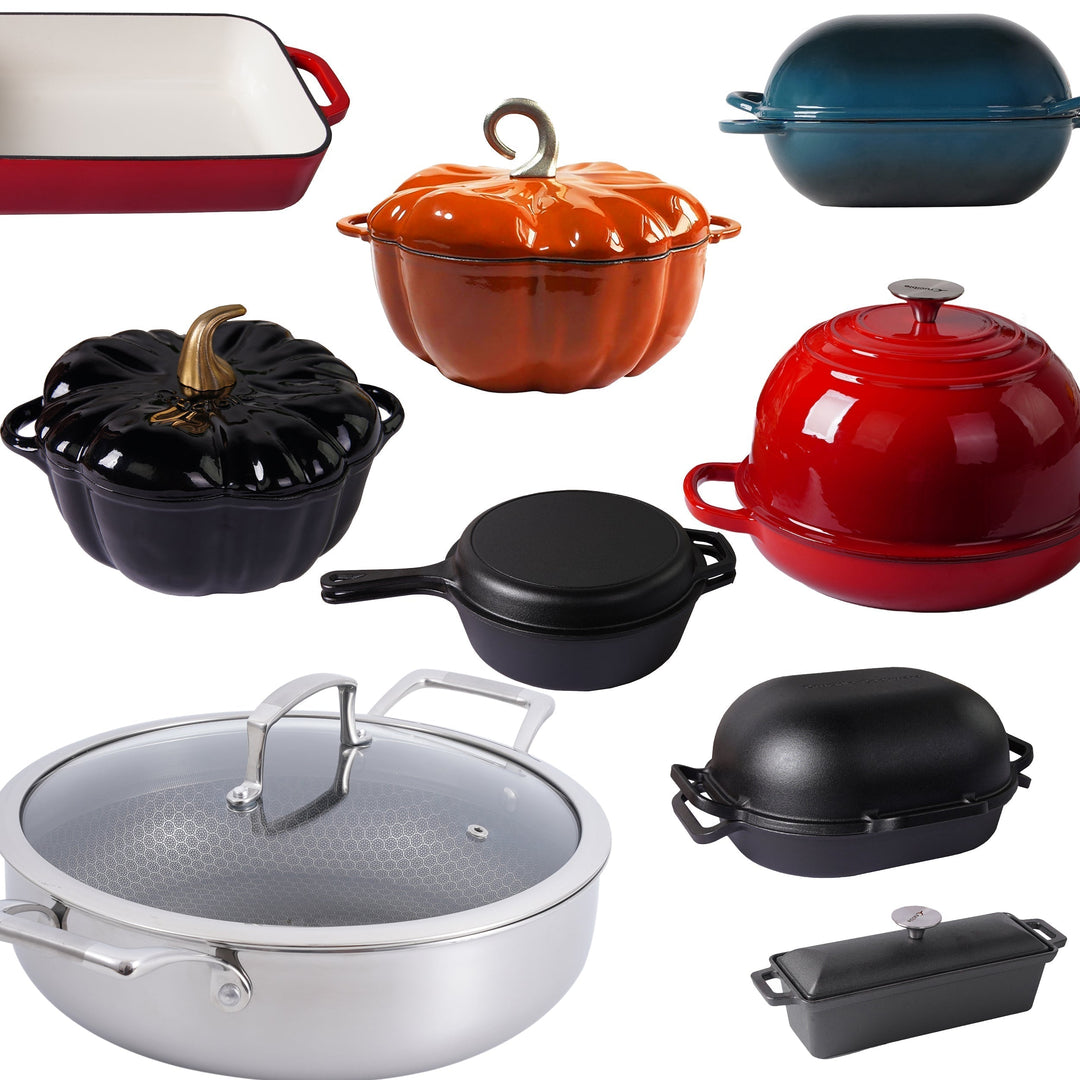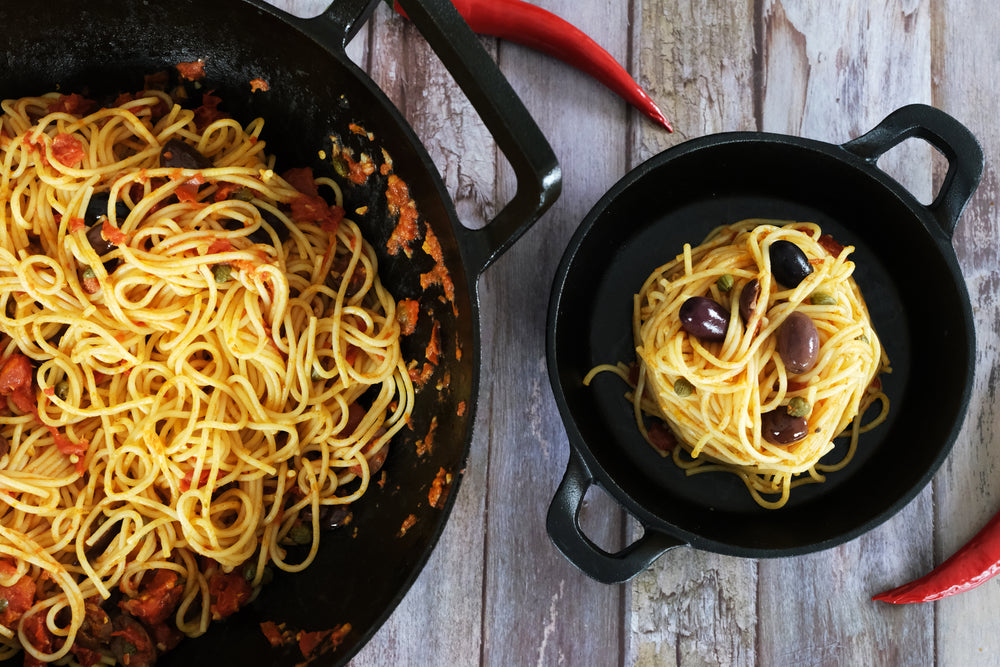The Art of Artisan Bread: A Culinary Journey Through Time and Flavor

Bread, a staple food in many cultures, has evolved over the centuries from a basic sustenance item to an art form in its own right. Among the many varieties of bread, one stands out as a symbol of craftsmanship, tradition, and unparalleled flavor: artisan bread. In this blog post, we will delve into the world of artisan bread, exploring its history, unique characteristics, and the revival of this ancient craft in today's culinary landscape.

The History of Artisan Bread
Artisan bread has a rich history that predates the industrialization of bread production. Before the advent of modern commercial bakeries, communities relied on local bakers who meticulously crafted bread using simple ingredients – flour, water, salt, and yeast. These skilled artisans worked with their hands, utilizing time-honored techniques to create bread with distinct textures and flavors.
One of the most iconic forms of artisan bread, sourdough, has been crafted for thousands of years. The use of natural yeast cultures, passed down from generation to generation, gave each sourdough bread a unique regional and familial identity. The long fermentation process allowed for complex flavor development, resulting in bread that was not only nourishing but also a culinary experience.

What is the definition of artisan bread?
Artisan bread is a type of bread that is handcrafted by skilled bakers using traditional methods and high-quality ingredients. The term "artisan" typically implies that the bread is made in small batches, often with a focus on craftsmanship and attention to detail. Here are some key characteristics that define artisan bread:
-
Handcrafted: Artisan bread is typically made by skilled bakers who are actively involved in the entire bread-making process, from mixing and shaping the dough to baking. It is not mass-produced on an industrial scale.
-
High-Quality Ingredients: Artisan bakers use premium ingredients, such as high-quality flour, water, salt, and sometimes natural sourdough starter, to create their bread.
-
Long Fermentation: Many artisan bread recipes involve longer fermentation times, allowing the dough to develop complex flavors and a chewy, rustic texture. Sourdough bread, in particular, often has a lengthy fermentation period.
-
Minimal Additives: Artisan bread recipes tend to have fewer additives and preservatives compared to commercially produced bread. The focus is on simplicity and purity of flavor.
-
Unique Shapes and Varieties: Artisan bread comes in a wide variety of shapes, sizes, and styles. Bakers often experiment with different grains, seeds, and flours to create distinct bread varieties.
-
Crust and Crumb: Artisan bread often has a thick, crunchy crust and an open, irregular crumb structure that contributes to its rustic and hearty character creating a delightful contrast in texture.
-
Local and Seasonal: Some artisan bakeries source ingredients locally and adjust their recipes according to the seasons, reflecting a commitment to freshness and regional flavors.
-
Craftsmanship: Bakers take pride in their craft and may use techniques like hand shaping, scoring the dough, and baking in stone hearth ovens to achieve the desired results.
-
Diverse Flavors: With various types of flours, seeds, nuts, and other ingredients, artisan bakers create an array of bread flavors, from the nuttiness of whole wheat to the tanginess of rye and the mild sweetness of brioche.
Artisan bread is known for its rich flavor, unique textures, and the personal touch that skilled bakers bring to each loaf. It is often associated with small, independent bakeries that prioritize quality over quantity and take pride in their bread-making traditions.

Techniques and Cookware in Artisan Bread-Making
In the world of artisan bread, various techniques and cookware play a crucial role in achieving the unique characteristics and flavors associated with this craft. Here's how some of these techniques and cookware are used:
1. Handcrafted Techniques: Artisan bakers are actively involved in the entire bread-making process, which includes mixing, kneading, and shaping the dough by hand. These manual techniques allow bakers to have precise control over the texture and structure of the bread.
2. Natural Yeast Cultures (Sourdough): Sourdough bread, a classic artisan variety, relies on natural yeast cultures. Bakers cultivate and maintain these cultures, sometimes for generations, to leaven the bread. The long fermentation times associated with sourdough contribute to its complex flavors and textures.
3. Long Fermentation: Longer fermentation times are a hallmark of artisan bread. This technique involves allowing the dough to rest and develop for an extended period. The fermentation process contributes to the bread's unique flavor and texture.
4. Minimal Additives: Artisan bread recipes usually contain fewer additives and preservatives than commercial bread. This is in line with the focus on purity of flavor and simplicity in artisan baking.
5. Baking in Stone Hearth Ovens: Many artisan bakers use stone hearth ovens to bake their bread. These ovens provide even heat distribution and can produce the signature thick, crunchy crust and open crumb structure of artisan bread.
6. Cast Iron Bread Pans with Lids: Cast iron bread pans with lids are sometimes used to bake artisan bread. These pans are ideal for creating a moist, steamy environment inside, which helps achieve a crusty exterior and moist crumb. The lid is often removed during the baking process to allow the bread to develop a crust.
7. Cast Iron Dutch Ovens: Cast iron Dutch ovens, commonly used in artisan baking, are excellent for baking rustic bread. The preheated Dutch oven traps steam released from the dough, creating the desired crust while keeping the inside moist.
8. Scoring the Dough: Bakers often score or slash the surface of the dough before baking. This not only adds an aesthetic touch but also allows the bread to expand and release steam during baking, resulting in an attractive and controlled rise.
9. Diverse Ingredients: Artisan bakers experiment with various types of flours, seeds, nuts, and other ingredients to create a wide range of flavors, from traditional wheat and rye to more unique combinations.
These techniques and cookware are essential in creating the distinct characteristics of artisan bread, such as its flavorful crust, irregular crumb structure, and diverse flavor profiles. They reflect the commitment to tradition, craftsmanship, and flavor that define the world of artisan bread.


The Artisan Bread Renaissance
While the convenience of commercial bread production led to a decline in traditional artisan bakeries, there has been a resurgence of interest in artisan bread in recent years. Consumers are seeking out flavors that can only be achieved through time-honored techniques, and bakers are responding to this demand. Many small bakeries and home bakers have embraced the art of artisan bread, producing high-quality, unique loaves that pay homage to the past.
Artisan bread's revival is not just a nostalgic trend but a testament to the enduring appeal of genuine craftsmanship and the pursuit of exceptional flavor. As consumers become more aware of the health benefits and taste advantages of naturally fermented, handcrafted bread, the movement toward artisanal baking continues to grow.

Conclusion
Artisan bread is more than just sustenance; it's a symbol of time-honored craftsmanship and the quest for extraordinary flavors. Its roots in history and the dedication of bakers to preserve tradition and revive this craft make artisan bread a fascinating and delicious part of our culinary heritage. So the next time you bite into a slice of a beautifully crusty, aromatic loaf, remember that you're savoring a piece of history and a testament to the timeless allure of artisan bread.
















Leave a comment